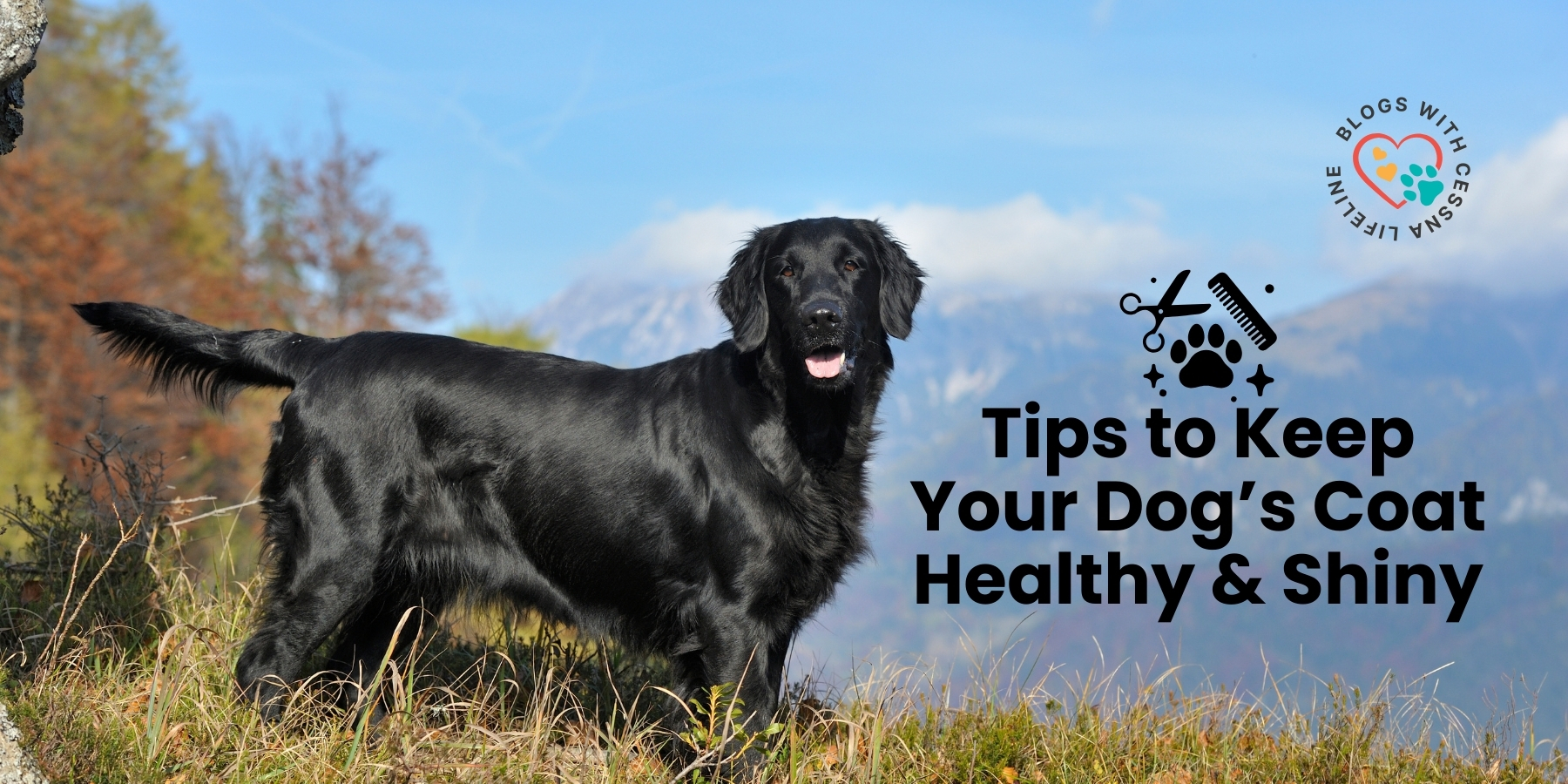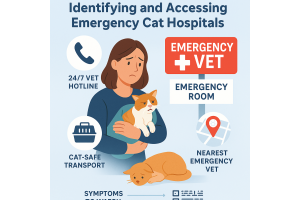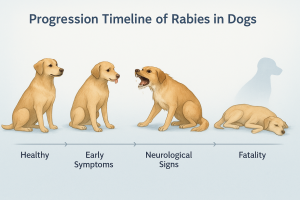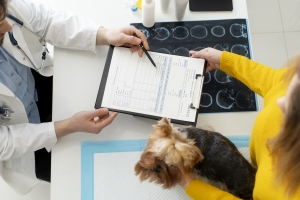Tips to Keep Your Dog s Coat Healthy & Shiny

A healthy, shiny coat is more than just an aesthetic feature for your dog; it is an indicator of their overall health and well-being. Whether you have a small dog or a large one, maintaining your baby’s coat's health requires regular grooming and proper care. In this article, we will explore some practical tips to ensure your dog's coat remains vibrant and healthy, enhancing their quality of life.
Understanding Your Dog's Coat
Before diving into grooming tips, it's essential to understand the type of coat your dog has. There are various coat types, ranging from short and smooth to long and curly. Each type requires specific care to maintain its health. Knowing your dog's coat type will help you select the right grooming tools and techniques, ensuring that the care you provide is efficient and effective. Furthermore, understanding your dog's coat can help you anticipate seasonal shedding patterns and potential skin issues, allowing you to act proactively in managing these challenges.
Regular Brushing
Brushing your dog's coat regularly is one of the simplest and most effective ways to maintain its health. It helps remove loose fur, dirt, and debris while distributing natural oils that keep the coat shiny. Regular brushing also provides an opportunity to check for any unusual lumps, bumps, or parasites that may require attention. By incorporating brushing into your routine, you can strengthen your bond with your pet and make grooming a pleasant experience for both of you.
Short Coats (Labradors, Beagles)
- Brush 2-3 times weekly with a furminator brush. Use the brush in the direction of the coat applying gentle pressure to get the loose hair out.
Double Coats (Huskies, German Shepherds)
- Use a slicker brush twice weekly in an up and outward motion. Divide the fur into smaller sections to get to the base of the fur. Ensure to use it very gently.
- Rake can be used to get rid of excess undercoat for dense areas such as the hind legs. Ensure to use it very gently.
- Furminator can be used during shedding season
- Never shave the fur as it disrupts natural insulation
Long/Curly Coats (Shih Tzu, Yorkshire Terriers, Toy Poodle, Bichon)
- Daily brushing with a slicker brush to prevent mats. Divide the fur into smaller sections and brush in an up-outward direction to get to the base of the fur. Keep gentle pressure.
- Use a narrow tooth metal comb after brushing to ensure there are no tangles.
- Do not use dematting tools without cause. These can be very painful for the dog and harmful for the coat.
- Use leave-in conditioner
- Regular trimming every 6-8 weeks
Wire Coats (Terriers)
- Use a bristle brush once a week. Keep gently pressure and brush in the direction of the coat, along the body.
Bath Routine
Bathing is an essential part of dog grooming, but it should be done in moderation. Overbathing can strip the coat of its natural oils, leading to dryness and irritation. Finding the right balance is crucial to maintaining a healthy coat and skin.Bathe your dog once every 3-6 weeks, depending on their activity level and coat type. Dogs that spend a lot of time outdoors or have specific skin conditions may require more frequent bathing.
Products: Use a mild, dog-specific shampoo to avoid skin irritation. Avoid using human shampoos, which can disrupt the pH balance of a dog's skin.
Proper Nutrition
A balanced diet plays a significant role in maintaining a healthy coat. Ensure your dog's diet is protein rich and contains essential nutrients like omega-3 and omega-6 fatty acids, which promote skin and coat health. These nutrients help reduce inflammation and support the natural luster of your dog's fur.
Professional Dog Grooming Advice
While regular home grooming is essential, professional grooming can provide additional benefits for your dog's coat health. It is advisable to get professional grooming at least once a month. Professional groomers have the training and experience to address specific grooming needs that may be challenging to manage at home.
Regular Health Checks
Routine health checks by a veterinarian are crucial for detecting any underlying skin or coat issues. Conditions like allergies and parasites can affect your dog's coat, so early detection is key. Regular check-ups also provide an opportunity to discuss any concerns you may have about your dog's coat or overall health with a professional.
Additional Dog Grooming Tips
Beyond the basics, there are additional steps you can take to keep your dog's coat looking its best. These tips focus on preventative measures and environmental factors that can influence coat health.
Protecting Against Parasites
Parasites like fleas and ticks can cause significant discomfort and damage to your dog's coat. Use preventive treatments to keep these pests at bay. A consistent prevention strategy is essential to maintain your dog's skin and coat health.
Products: Opt for vet-recommended flea and tick preventatives. These products are formulated to be safe and effective, providing peace of mind for you and comfort for your pet.
Routine: Check your dog's coat regularly for signs of parasites, especially after walks in wooded areas. Early detection and removal of parasites can prevent infestations from taking hold.
Hydration and Environment
Keeping your dog hydrated and maintaining a healthy environment contributes to a shiny coat. Dry skin can lead to a dull coat, so ensure your dog has access to fresh water at all times. Environmental factors, such as humidity and temperature, can also affect the condition of your dog's coat.
Hydration: Encourage your dog to drink water throughout the day. Providing clean, fresh water helps support all bodily functions and contributes to a healthy coat.
Environment: Use a humidifier in dry climates to prevent skin dryness. Maintaining optimal humidity levels can help keep your dog's skin and coat in good condition.
Conclusion
Maintaining your dog's coat health requires a combination of regular grooming, proper nutrition, and professional care. By following these tips, you can ensure your furry friend has a healthy, shiny coat that reflects their overall well-being. Remember, a well-groomed dog is a happy dog, and taking the time to care for their coat will strengthen the bond you share.
Happy grooming!






